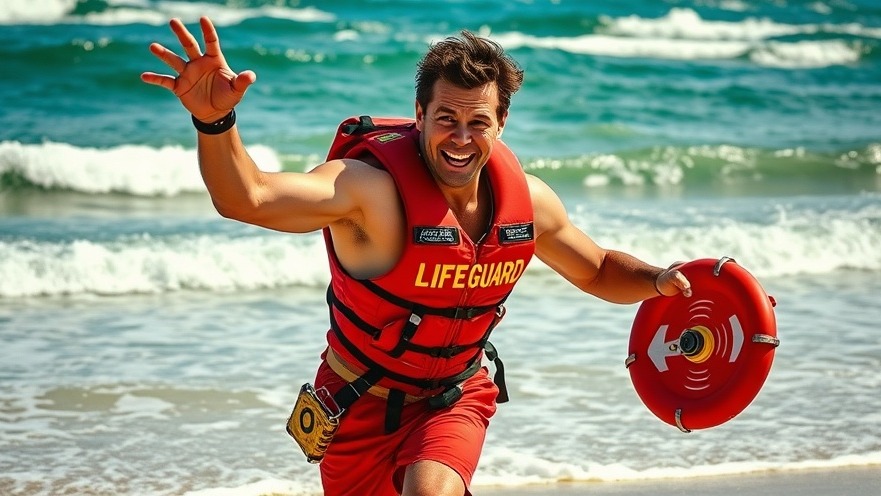
Understanding Lifeguarding Techniques: A Medical Perspective
The reaction video titled Doctor Reacts To Ridiculous Lifeguard Rescues | Rescue: Hi-Surf showcases not just thrilling lifeguard rescues but also brings to light the critical medical protocols that underlie effective rescue efforts. Watching lifeguards in action can give us a sense of urgency, but how accurate are the portrayed rescue techniques?
In Doctor Reacts To Ridiculous Lifeguard Rescues | Rescue: Hi-Surf, a medical professional examines lifeguard techniques, prompting us to dive deeper into the realities of rescue operations and the critical nature of proper training.
Common Misconceptions in Lifeguard Rescues
One significant observation made in the video is the portrayal of rescue scenarios that can lead to misconceptions about real-life techniques. For instance, the video highlights a situation where a lifeguard retrieves an unconscious surfer who has been knocked out. The medical professional critiques the lack of immediate pulse checks and ineffective compressions. Misunderstandings about drowning can also mislead viewers into thinking rescues are straightforward.
Do Lifeguards Really Perform Like This?
While dramatic rescues make for compelling television, they don't always reflect the reality of emergency response. The video illustrates that in a drowning situation, the person may have been deprived of oxygen for much longer than portrayed. Quick interventions are crucial; however, they should still follow established protocols. It's vital to place emphasis on proper assessment prior to starting CPR and ensuring the victim's cervical spine is stabilized—both of which are critical components in real-life emergencies.
The Importance of Lifeguard Training
One may overlook the importance of medical training in lifeguard certifications. The video emphasizes the assessments lifeguards must perform: checking for consciousness, breathing, and pulse. This is critical to differentiate between a drowning incident and other medical emergencies. A lifeguard's ability to act quickly and correctly can save lives.
How Representation Affects Public Perception of Lifeguards
Cinematic portrayals of rescues can shape the public's understanding of emergency response. The doctor's insights remind us that while entertainment informs viewers, it's imperative to understand the limitations of fictional scenarios. Television shows often skip the nuance in rescue techniques, which can result in unrealistic expectations in a life-threatening situation.
Future Trends in Lifeguard Training
As lifeguarding evolves, programs increasingly emphasize medical training that goes beyond the basics. Innovative approaches are being adopted, focusing on realistic simulations that incorporate advanced first-aid techniques and immediate crisis assessment. Given the rising challenges present at beaches today, a move towards more comprehensive training is a trend that will help ensure lifeguards are fully equipped to handle various situations.
Conclusion: The Value of Vigilance and Training
The analysis of lifeguard rescues in this video serves as a reminder of the critical balance between thrilling entertainment and factual medical response. Fans of rescue shows can take this understanding into account the next time they watch a lifeguarding scene, recognizing the real-life implications behind the dramatizations. With proper training, lifeguards can save lives, but keeping informed about effective techniques is the first step towards enhancing safety.
 Add Row
Add Row  Add
Add 




Write A Comment